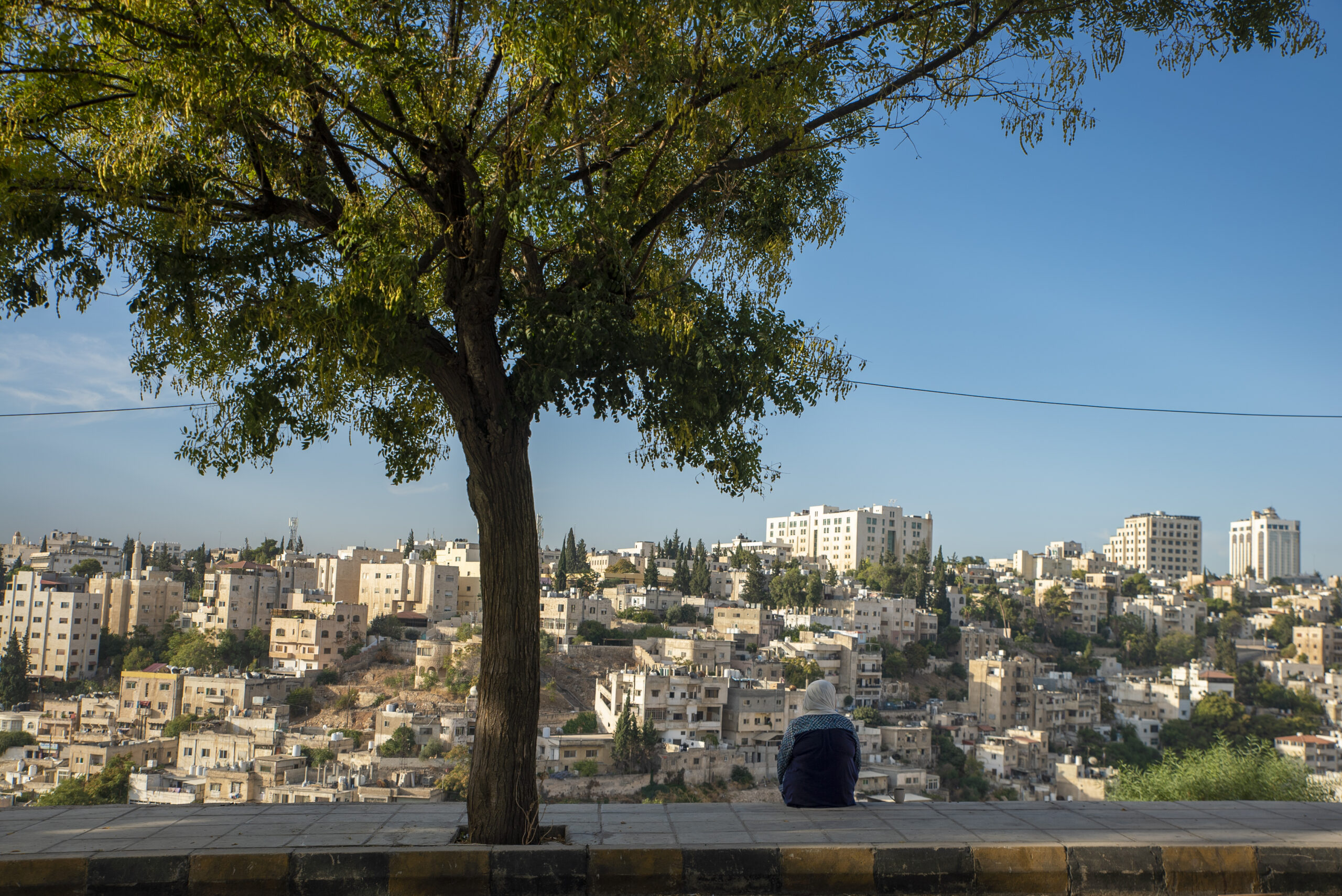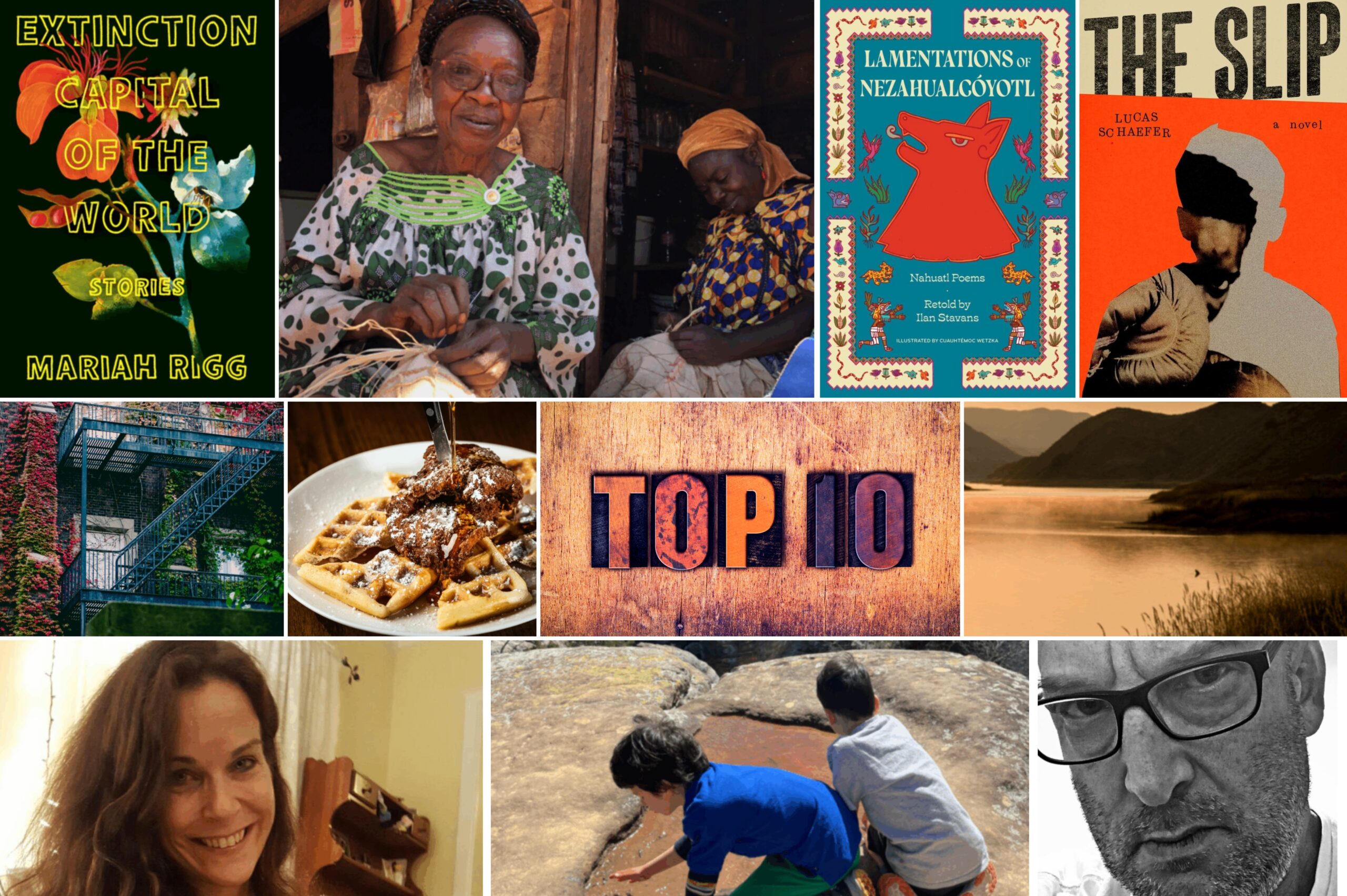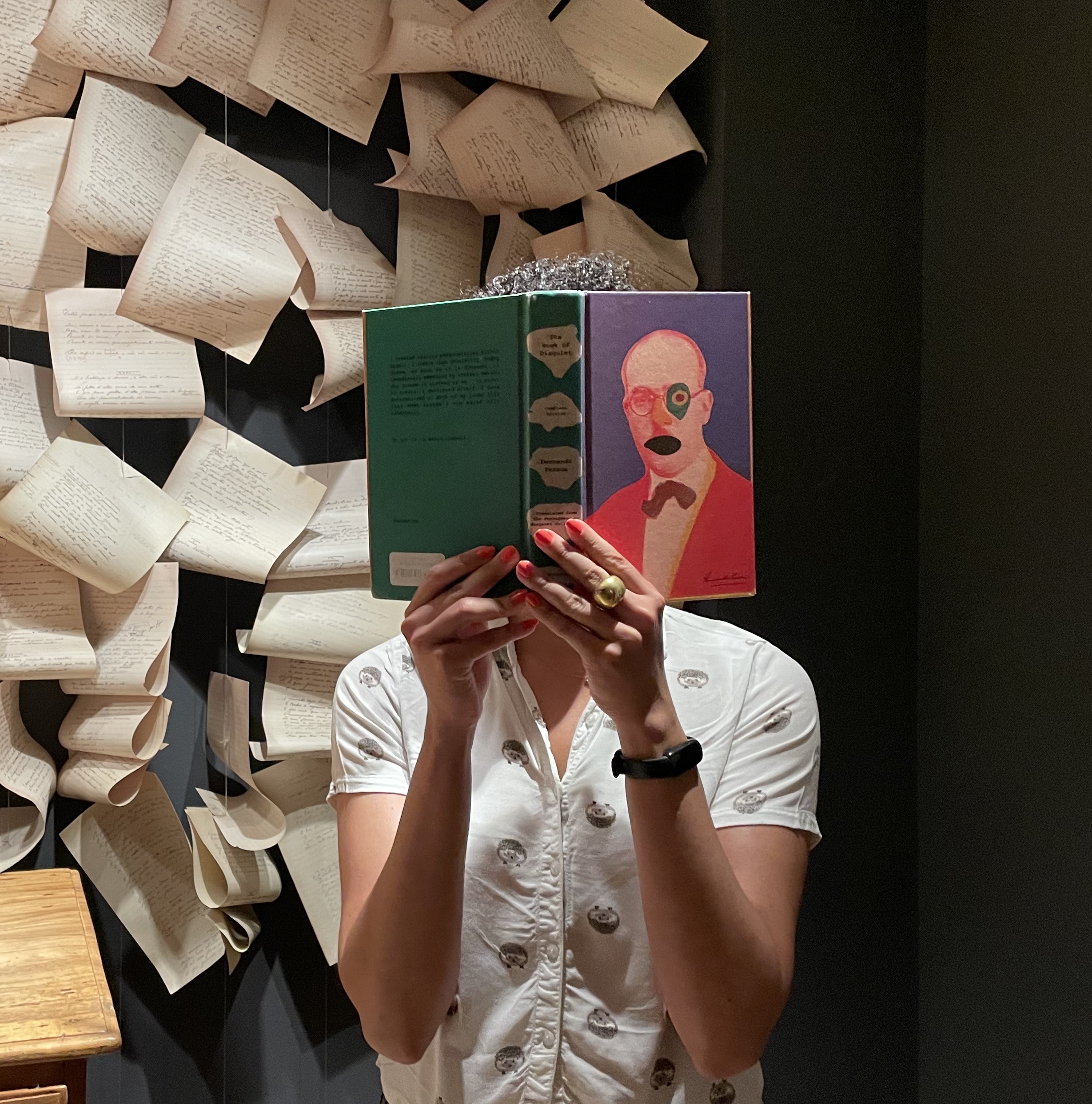By MAJD HIJJAWI, MOMEN MALKAWI, and HUSAM MANASRAH
Photography by Majd Hijjawi

An abandoned villa in Um Uthaina. This house is a remnant of a once affluent residential neighborhood in Amman, with an eighties architectural style popular at the time. This home no longer exists, as commercial projects have been taking over the neighborhood.

The house of previous Prime Minister Tawfeek Abu-Alhuda, built in the 1930s in Jabal Amman. The house has since been turned into a cultural space.
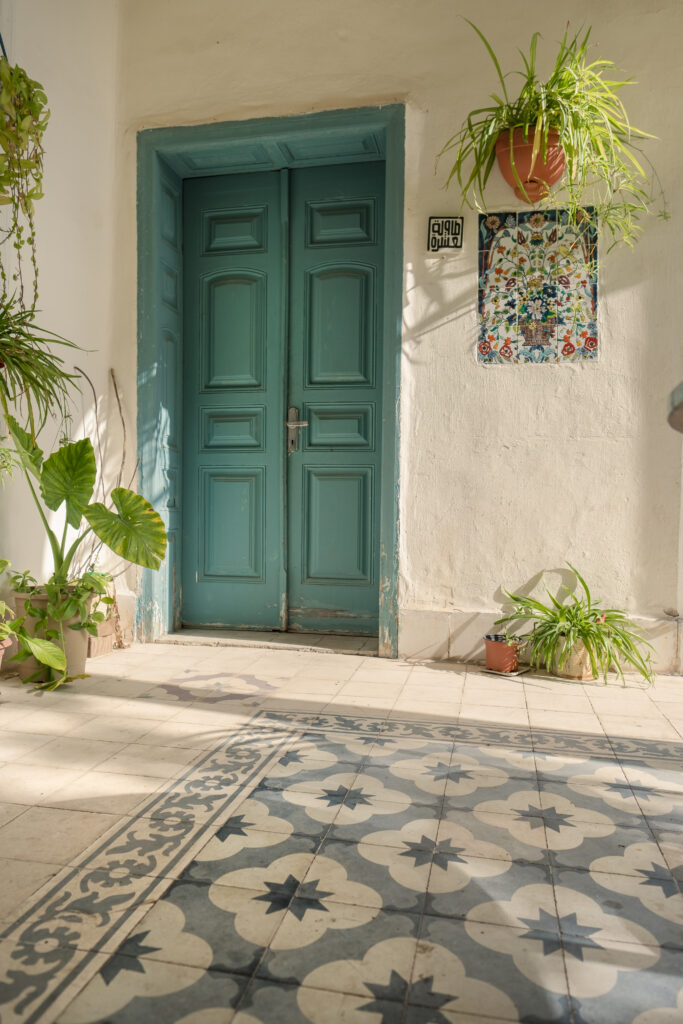
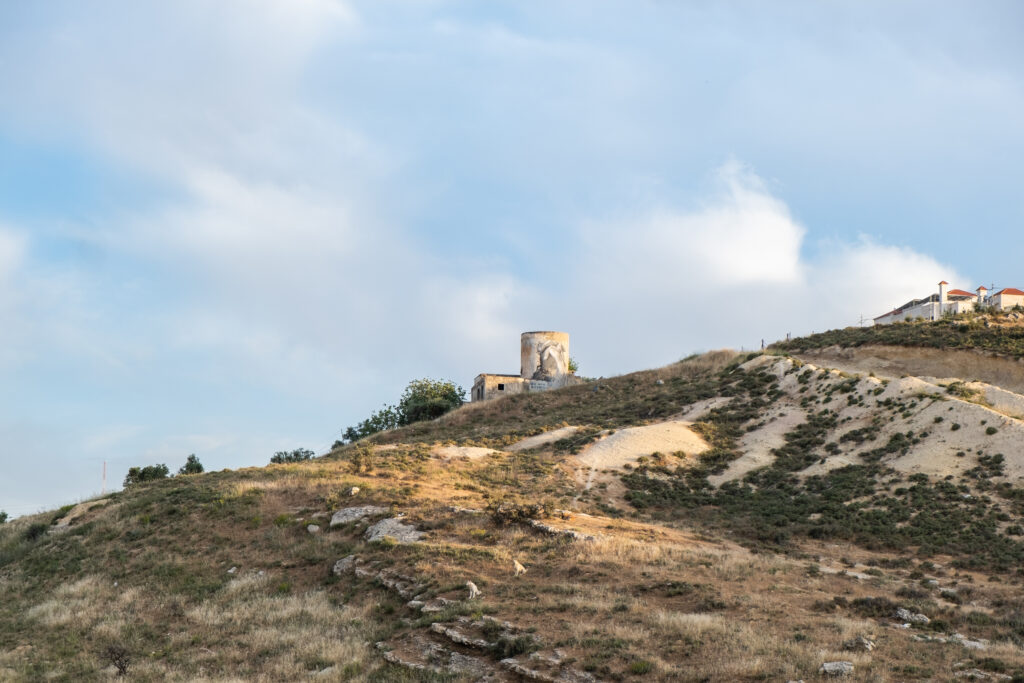
Perched high on the mountain are the remains of an old farmhouse, probably destined for demolition as the area surrounding it undergoes heavy development.
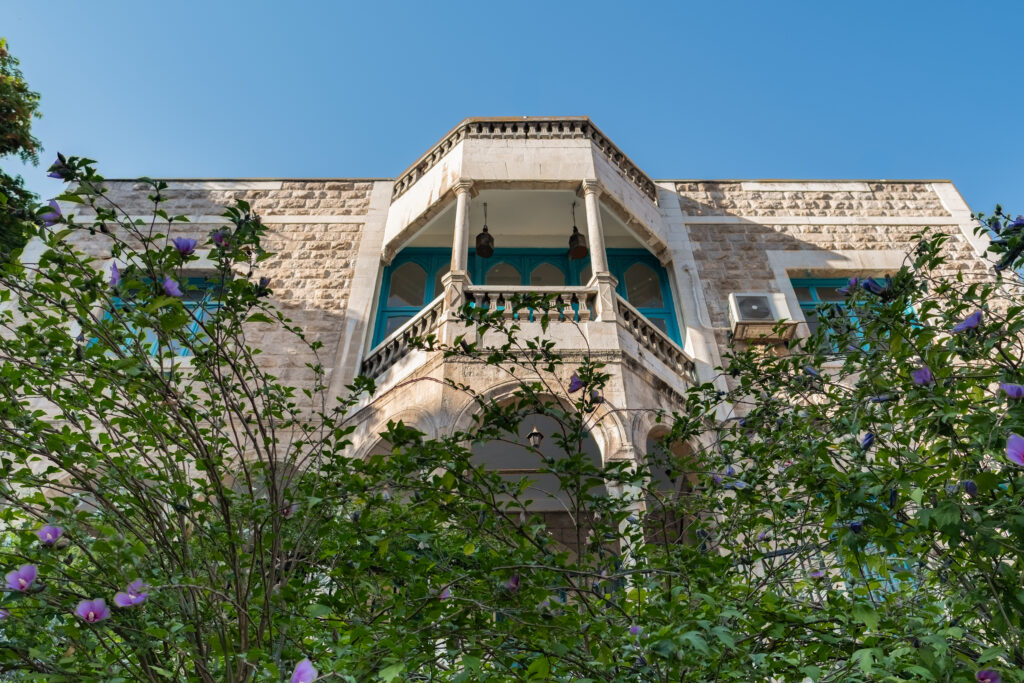
Bait al-Fann (The House of Art). A house designed by the renowned Jordanian architect Fawaz al-Muhanna in 1926, showcasing the traditional architectural design that was popular in Bilad al-Sham at the time. The house is now owned by the municipality of Amman and is used as a cultural space.
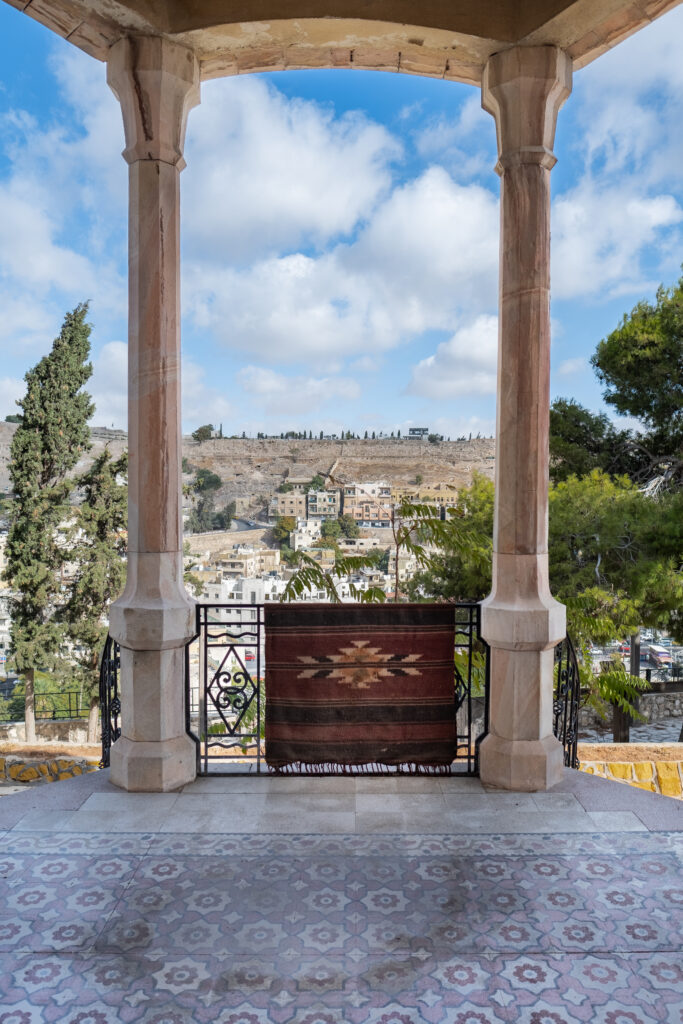
Bait al-Shi’r (The House of Poetry). Previously the house of Prince Nayef Bin al-Hussein, built in the 1930s. The house overlooks downtown Amman and showcases sweeping views of the city.
Photography by Momen Malkawi
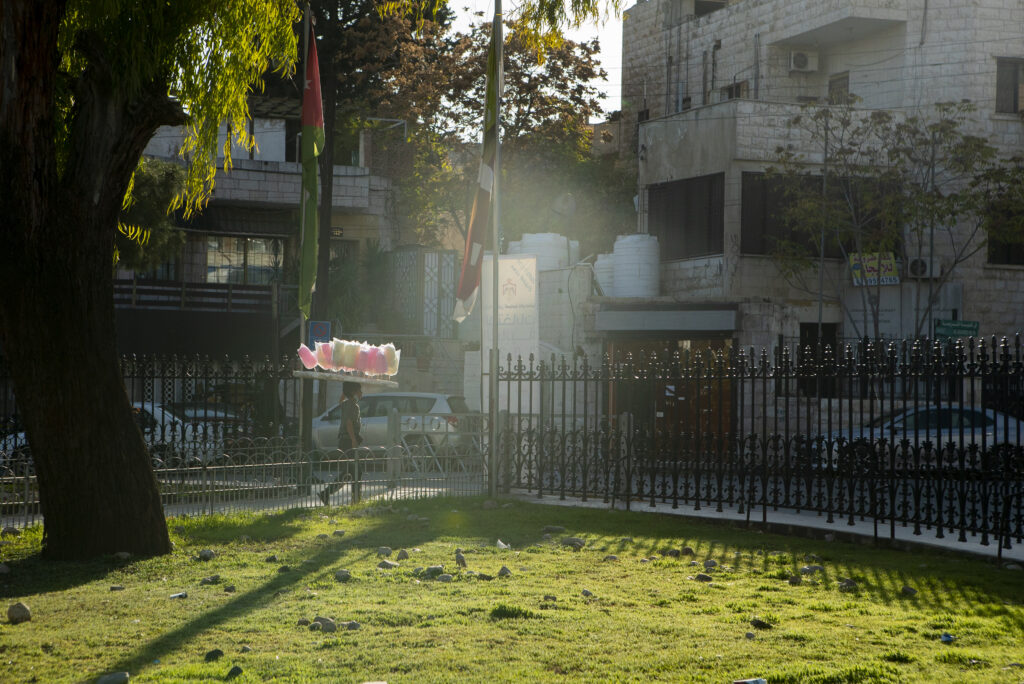
Child working as a cotton candy seller at Paris Circle in the Jabal al-Lweibdeh area of downtown Amman.
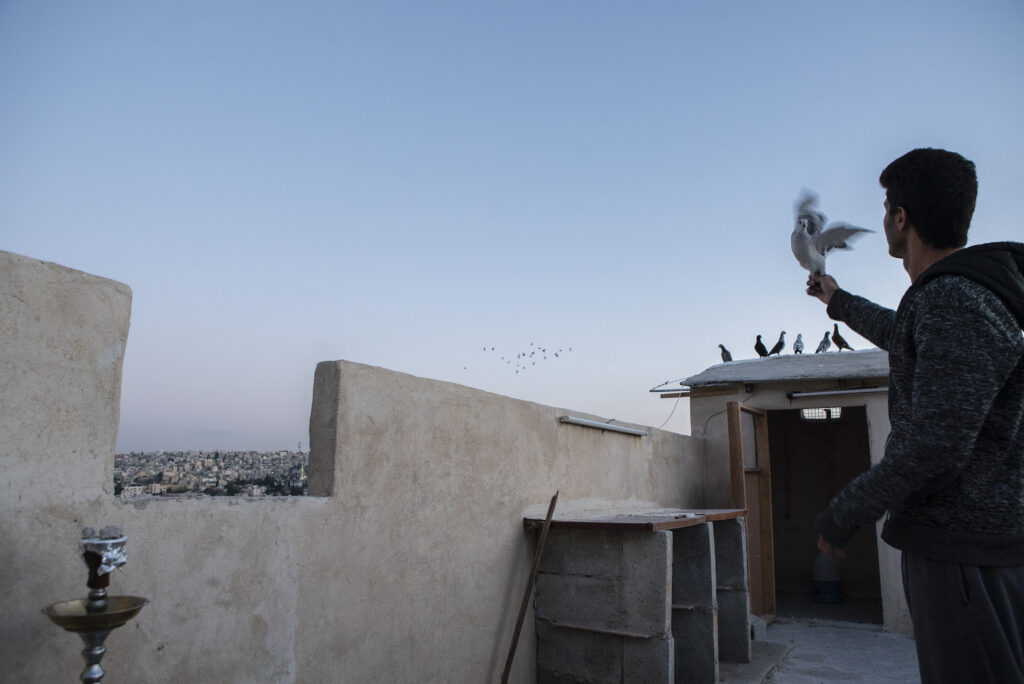
Pigeon breeder in Jabal al-Lweibdeh waves a female pigeon to draw a passing flock to his rooftop. A tradition deeply rooted in the city’s landscape, rooftop pigeon-keeping remains a cherished pastime.
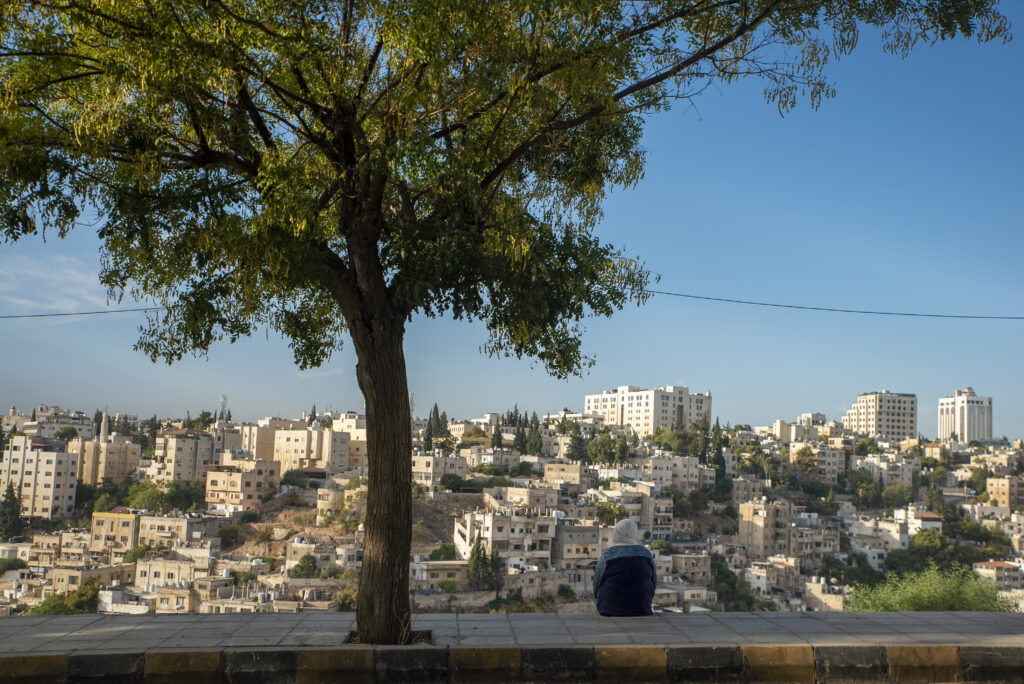
Woman sits by the roadside in Jabal al-Lweibdeh, a popular spot known for its scenic view of downtown Amman.
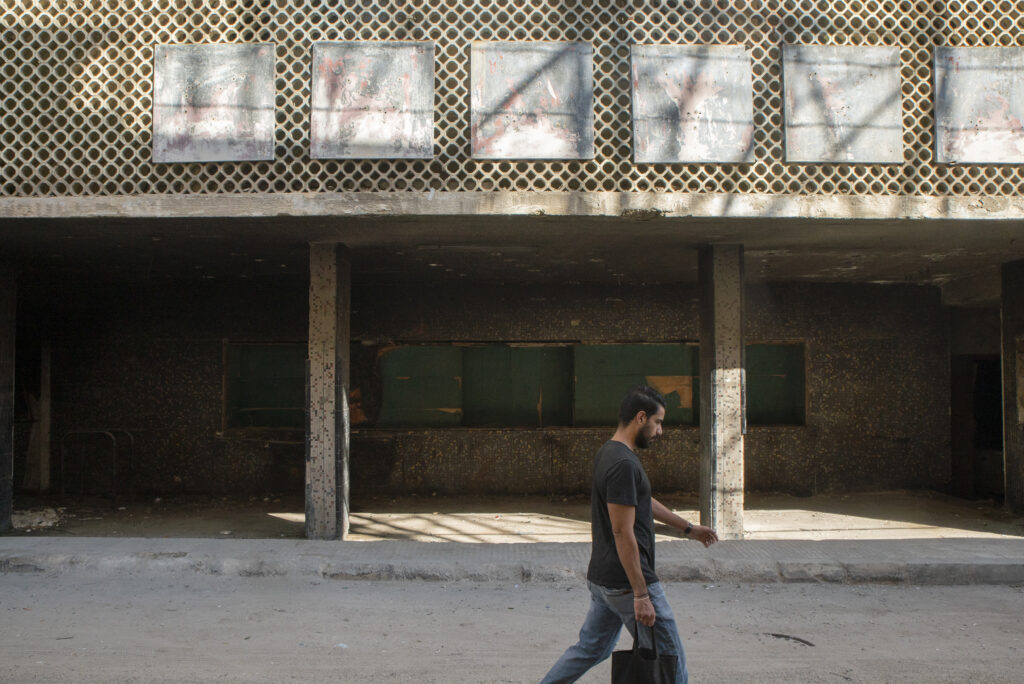
Lone pedestrian walks past the abandoned al-Khayam Cinema. Built in the early 1960s during the city’s cinematic golden age, the once-thriving movie house now stands in decay.
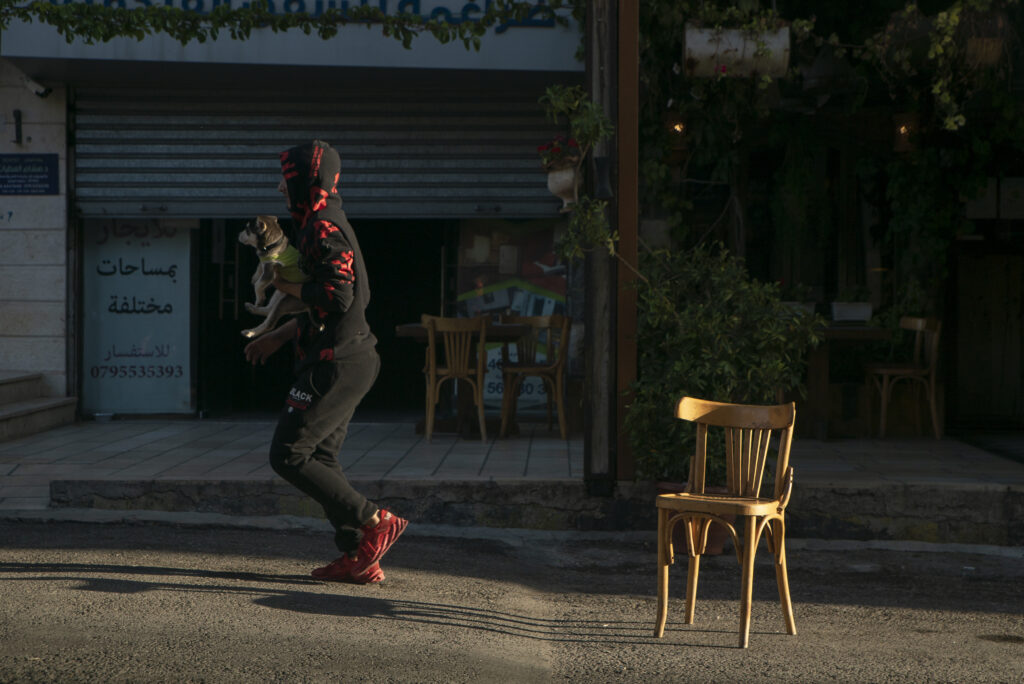
Man walks past a café’s outdoor seating in Jabal al-Lweibdeh. Known for its vibrant mix of cultural and popular cafés, the neighborhood remains a hub for artists, writers, and coffee lovers.
Photography by Husam Manasrah
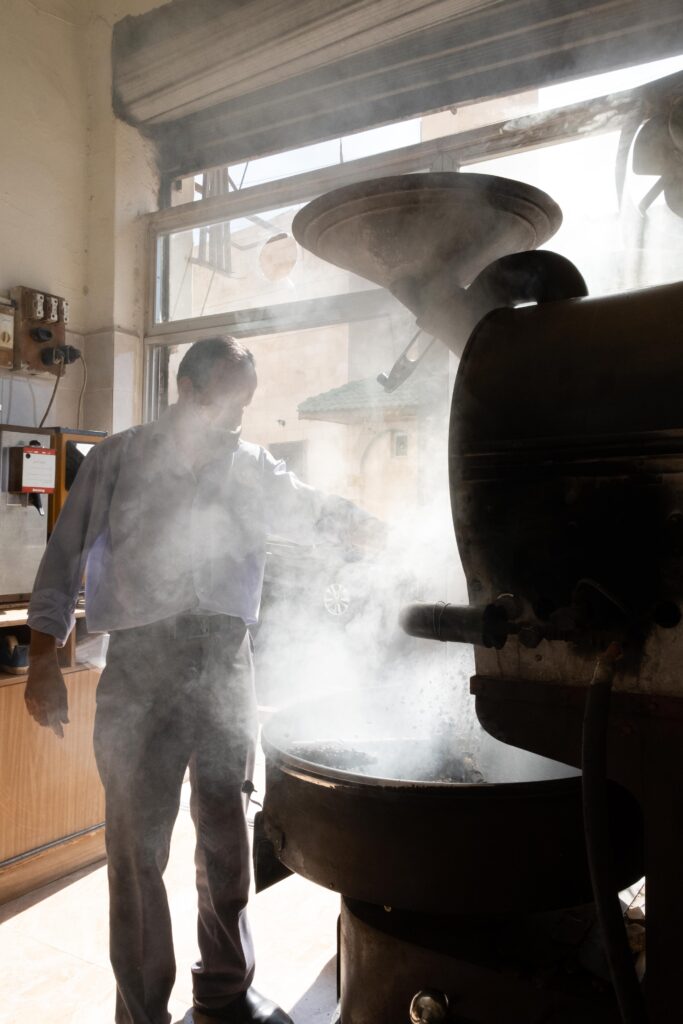
Al-Khayat Coffee is one of the oldest coffee roasters in Amman, based in Jabal al-Lweibdeh.
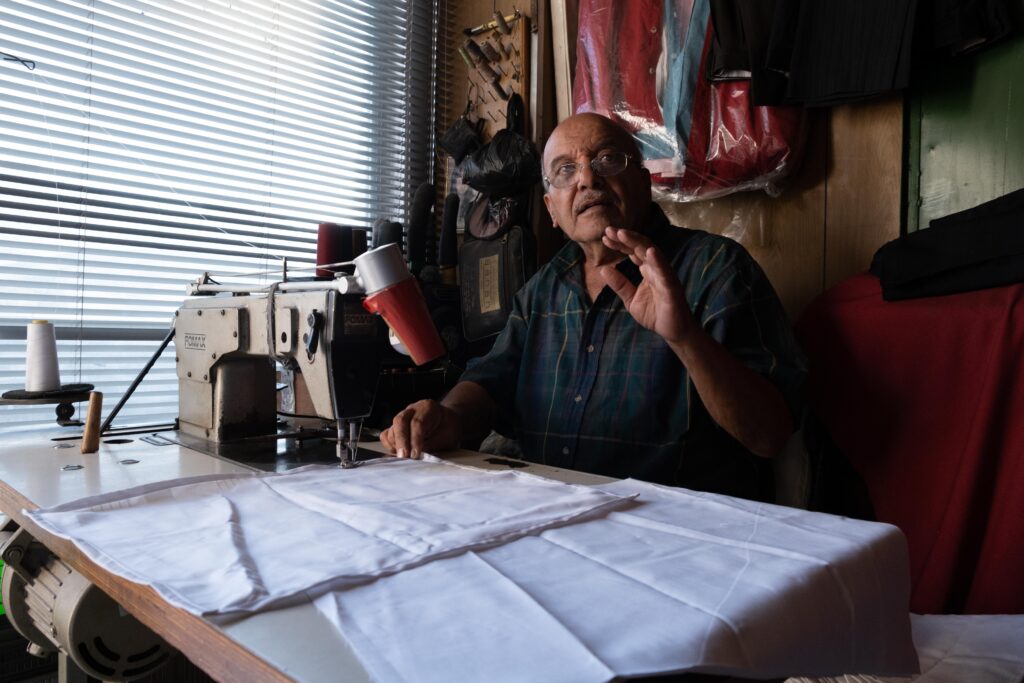
Al Khayyam street in Jabal al-Lweibdeh has been known as “Tailors Street” since the fifties. Few tailors remain now.
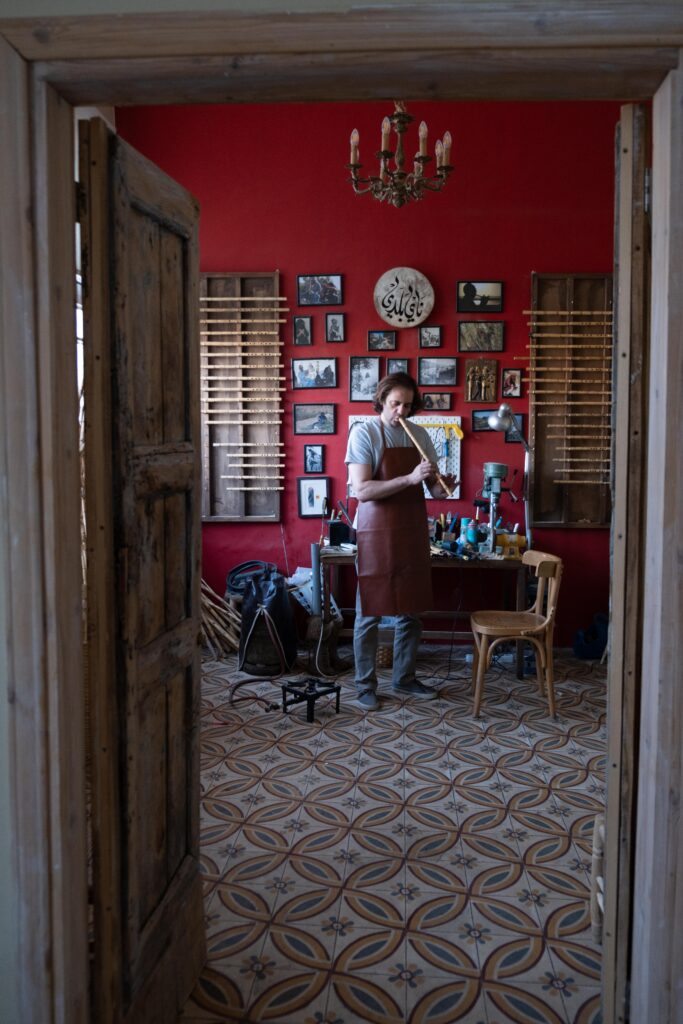
Beit Al Nai aims to revive the traditional making of Nai (flutes) using local reeds.

One of the first female pharmacists in Amman. She and her husband founded Fattaleh Pharmacy in Jabal al-Lweibdeh in 1965.
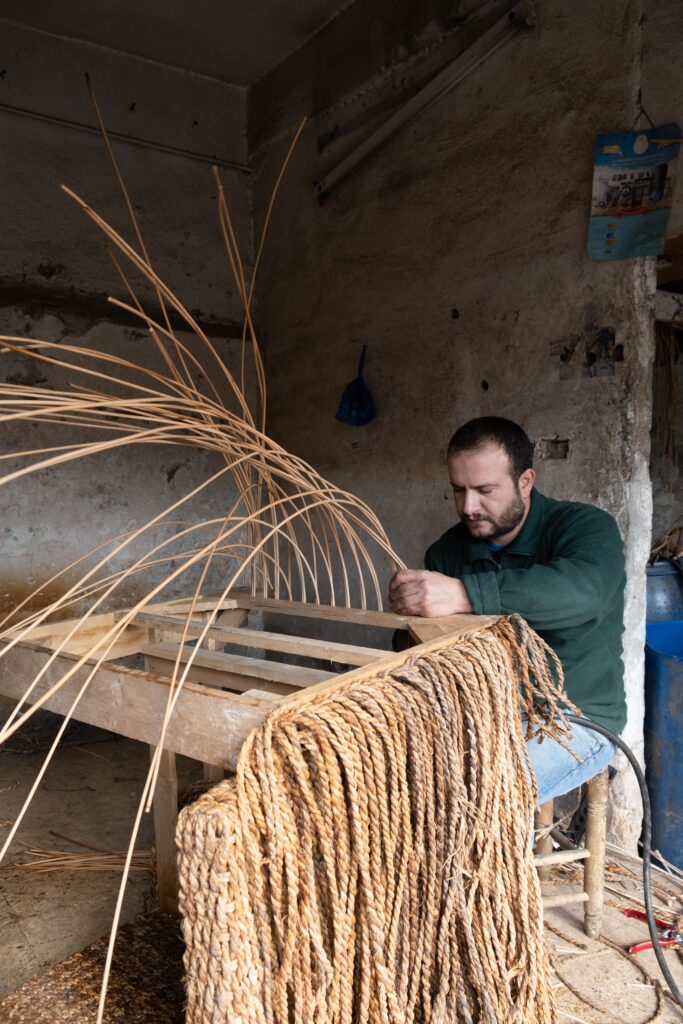
His profession is his passion, learned young from his family. They are the second oldest bamboo furniture makers in Amman.
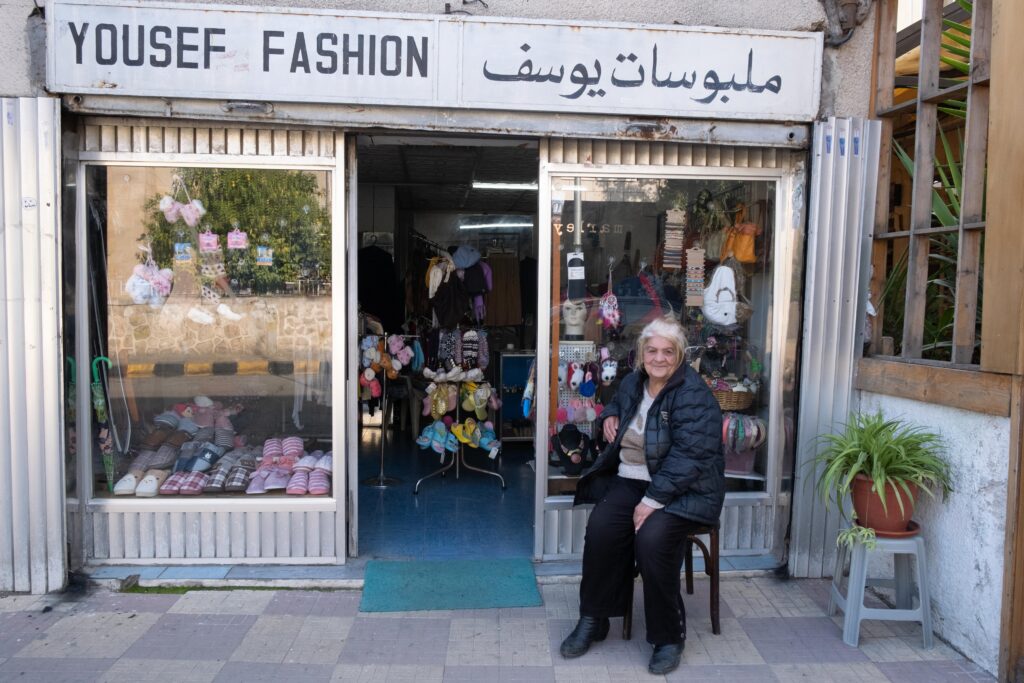
Kulliyat al Shareeah Street is the commercial center of Jabal al-Lweibdeh. Today it combines old professions with newer, modern shops. Oum Yousef has witnessed all the changes and development in the neighborhood from her shop.
Majd Hijjawi is a photographer based in Amman, Jordan, who has been capturing the city’s old houses since 2018. What began as a personal response to the beauty and fragility of these historic homes turned into a dedicated effort to document them as many face demolition.
Momen Malkawi is a documentary photographer and visual storyteller specializing in photojournalism and documentary filmmaking. He has participated in exhibitions in Jordan and abroad and is currently part of the 7iber Media magazine team. His work focuses on capturing untold stories through compelling visuals.
Husam Manasrah was born in Amman in 1970. A fashion designer and photographer, he dedicates his work to projects that tell the stories of the people. His work has been exhibited at many local and international festivals and events.
